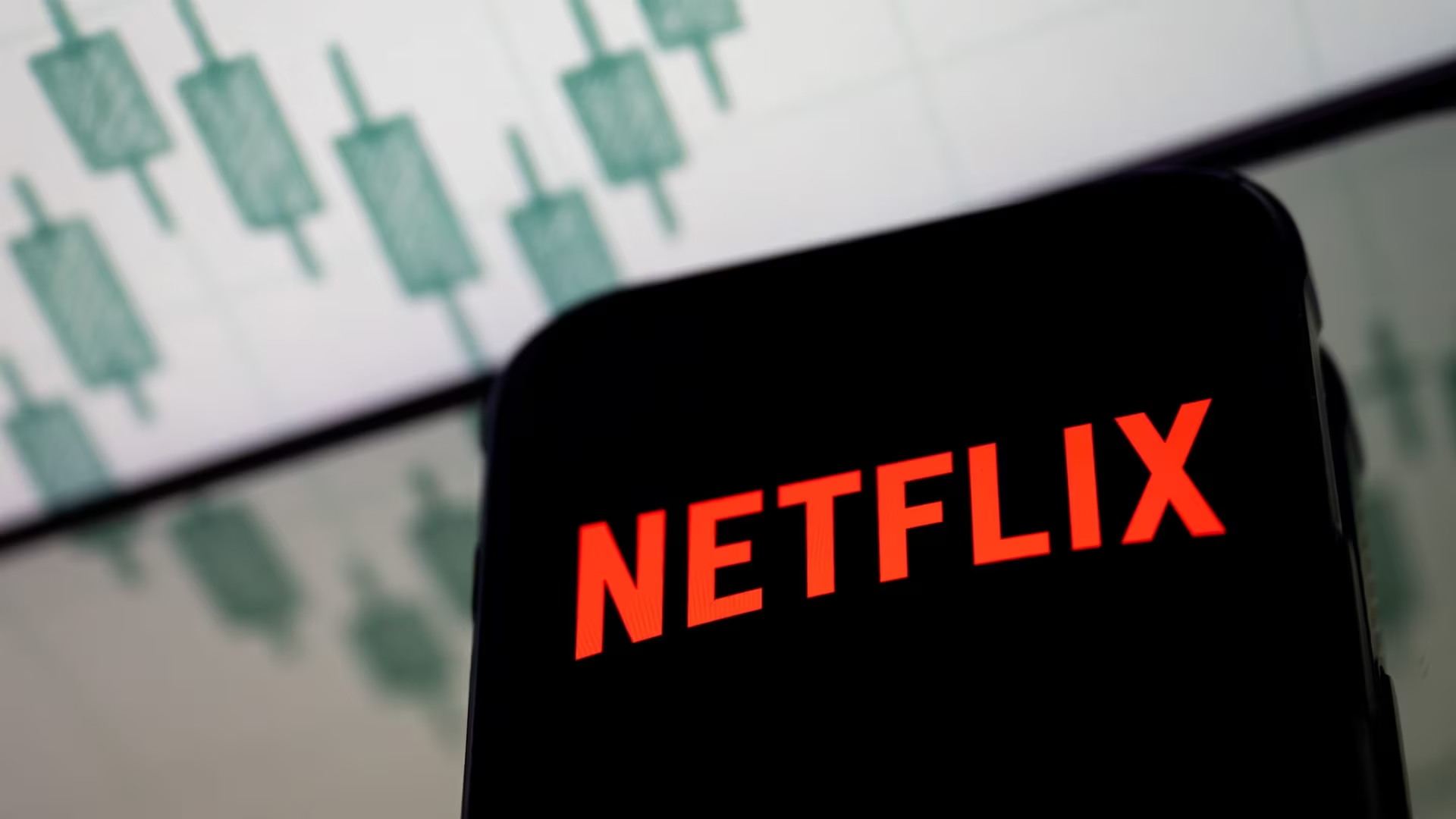Netflix (NFLX) announced on Thursday, October 30, 2025, that its Board of Directors has approved a 10-for-1 stock split. This corporate action, while fundamentally changing nothing about the company’s intrinsic value or overall market capitalization, is designed to significantly lower the price of individual shares, making them more accessible to retail investors and employees.
The announcement comes as Netflix’s stock has maintained a high valuation, often trading well above the price points typically favored by individual investors who may not have access to fractional share purchases. The move is a strategic decision aimed at broadening the ownership base of the streaming giant.

Understanding the Mechanics of a 10-for-1 Split
A stock split is essentially a corporate accounting maneuver. For every one share of Netflix stock owned before the split, shareholders will receive nine additional shares. The total value of the investment remains exactly the same, but the number of shares outstanding increases tenfold.
Practical Impact on Your Portfolio
If, for example, Netflix stock was trading at $950 per share immediately before the split, the following changes would occur:
| Metric | Before Split (Example) | After 10-for-1 Split |
|---|---|---|
| Share Price | $950.00 | $95.00 |
| Shares Owned | 10 Shares | 100 Shares |
| Total Portfolio Value | $9,500.00 | $9,500.00 |
This process is automatic for existing shareholders. The company will set a record date (the date by which you must own the stock to receive the new shares) and a distribution date (when the new shares are issued). Trading on the new, split-adjusted basis will begin shortly thereafter.
Why the Split is Fundamentally Neutral
In financial terms, a stock split is often described as slicing a pizza into more pieces without changing the size of the whole pizza. Key financial metrics remain unaffected:
- Market Capitalization: This is calculated by multiplying the share price by the number of shares outstanding. Since the price decreases proportionally as the share count increases, the total market cap remains unchanged.
- Company Valuation: The underlying business, its assets, revenue streams, and future earnings potential are entirely separate from the share count.
- Earnings Per Share (EPS): While the reported EPS will be divided by ten, analysts adjust their models accordingly, meaning the valuation multiples (like the P/E ratio) are preserved.
The Strategic Rationale: Targeting the Retail Investor
Netflix’s decision to pursue a stock split in late 2025 is primarily driven by market psychology and accessibility, a trend seen across high-growth technology companies in recent years.
1. Enhancing Accessibility
For many retail investors, especially those using brokerage platforms that do not offer fractional share trading, buying a single share priced near $1,000 can be a significant barrier to entry. By lowering the price to the double-digit range, Netflix makes its stock immediately more affordable and appealing to a broader base of individual investors.
2. Employee Compensation
Companies with high stock prices often find that stock options and restricted stock units (RSUs) become less flexible for employee compensation and incentive plans. A lower per-share price allows the company to grant specific dollar amounts of equity using a larger number of shares, which can be psychologically more appealing to employees.

3. Liquidity and Trading Volume
While not guaranteed, splits often lead to a temporary increase in trading volume and liquidity. The perception of a lower price can attract new buyers, leading to higher activity in the short term. This phenomenon is often rooted in behavioral finance, where investors perceive a $95 stock as ‘cheaper’ than a $950 stock, even if the underlying value is identical.
Historical Context: Tech Giants and Splits
Netflix is following a well-trodden path established by other high-flying technology companies that saw their share prices soar over the past decade. These precedents provide important context for the current move:
- Apple (AAPL): Has executed multiple splits, including a 4-for-1 split in 2020, which significantly broadened its investor base.
- Tesla (TSLA): Implemented splits to manage its rapidly increasing share price, aiming for greater retail participation.
- Amazon (AMZN): Conducted a 20-for-1 split in 2022, signaling a commitment to making the stock more accessible after years of high prices.
These historical examples show that while splits do not guarantee long-term stock performance, they successfully achieve the goal of increasing retail investor interest and liquidity in the short to medium term.
“The 10-for-1 split is a clear signal that Netflix is prioritizing broader market participation. It’s a classic move by a mature, high-value company to refresh its appeal to the everyday investor without diluting its core value proposition,” noted a market analyst familiar with corporate finance actions.

For current and prospective investors, here are the essential points regarding the Netflix 10-for-1 stock split:
- No Change in Value: Your total investment value remains the same. If you owned $10,000 worth of Netflix stock before the split, you will own $10,000 worth after.
- Increased Share Count: You will receive nine additional shares for every one share you currently hold.
- Lower Per-Share Price: The stock price will be adjusted downward by a factor of ten, making it easier to buy in smaller increments.
- Tax Neutrality: Stock splits are generally non-taxable events in the U.S. until the shares are eventually sold.
- Focus on Fundamentals: Investors should continue to evaluate Netflix based on its subscriber growth, content strategy, and financial performance, not the share price number itself.
Conclusion: Strategic Positioning in 2025
Netflix’s 10-for-1 stock split is a strategic, investor-friendly maneuver that reflects the company’s maturity and high valuation in the 2025 market. By making its shares more affordable, Netflix aligns itself with the growing demand from retail investors who have become increasingly influential in the equity markets. While the split itself offers no immediate financial windfall, it successfully removes a psychological barrier, potentially setting the stage for increased trading activity and a wider ownership base for one of the world’s leading entertainment companies.
Original author: John Melloy
Originally published: October 30, 2025
Editorial note: Our team reviewed and enhanced this coverage with AI-assisted tools and human editing to add helpful context while preserving verified facts and quotations from the original source.
We encourage you to consult the publisher above for the complete report and to reach out if you spot inaccuracies or compliance concerns.

